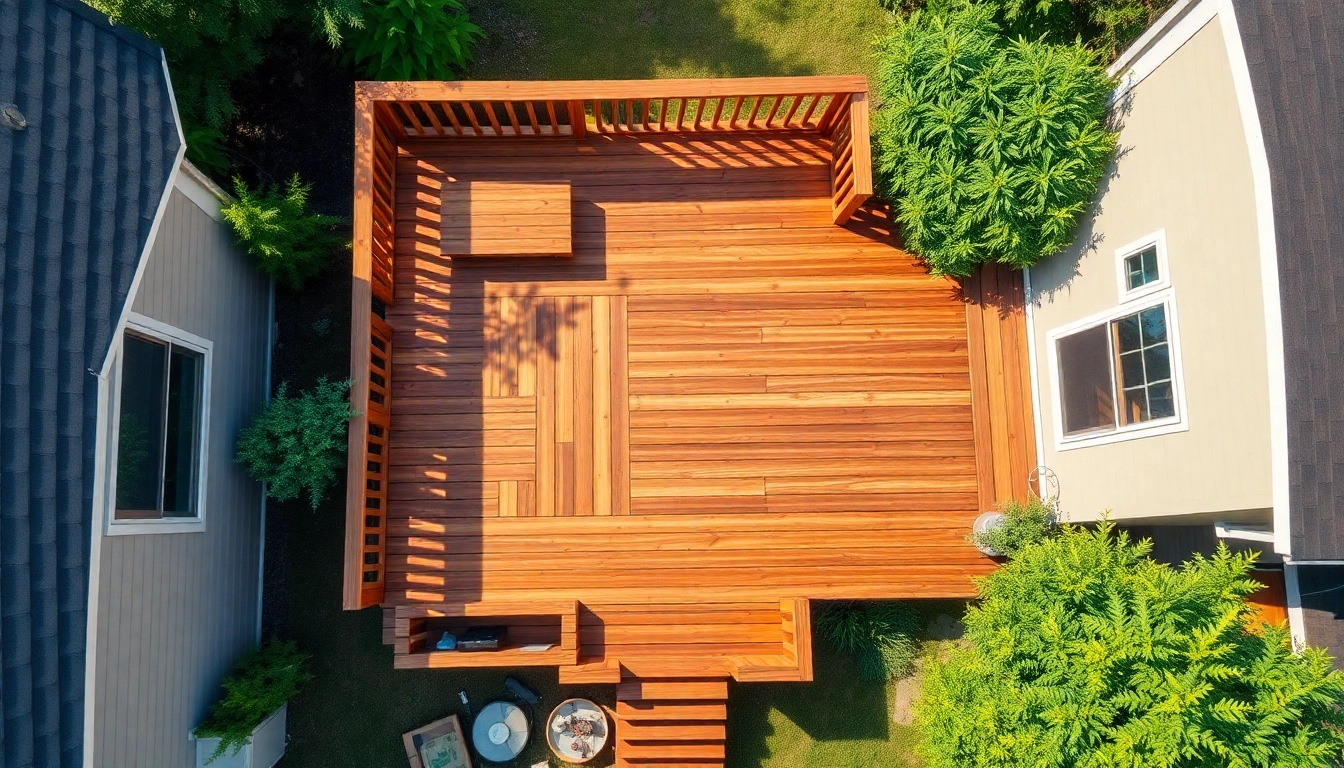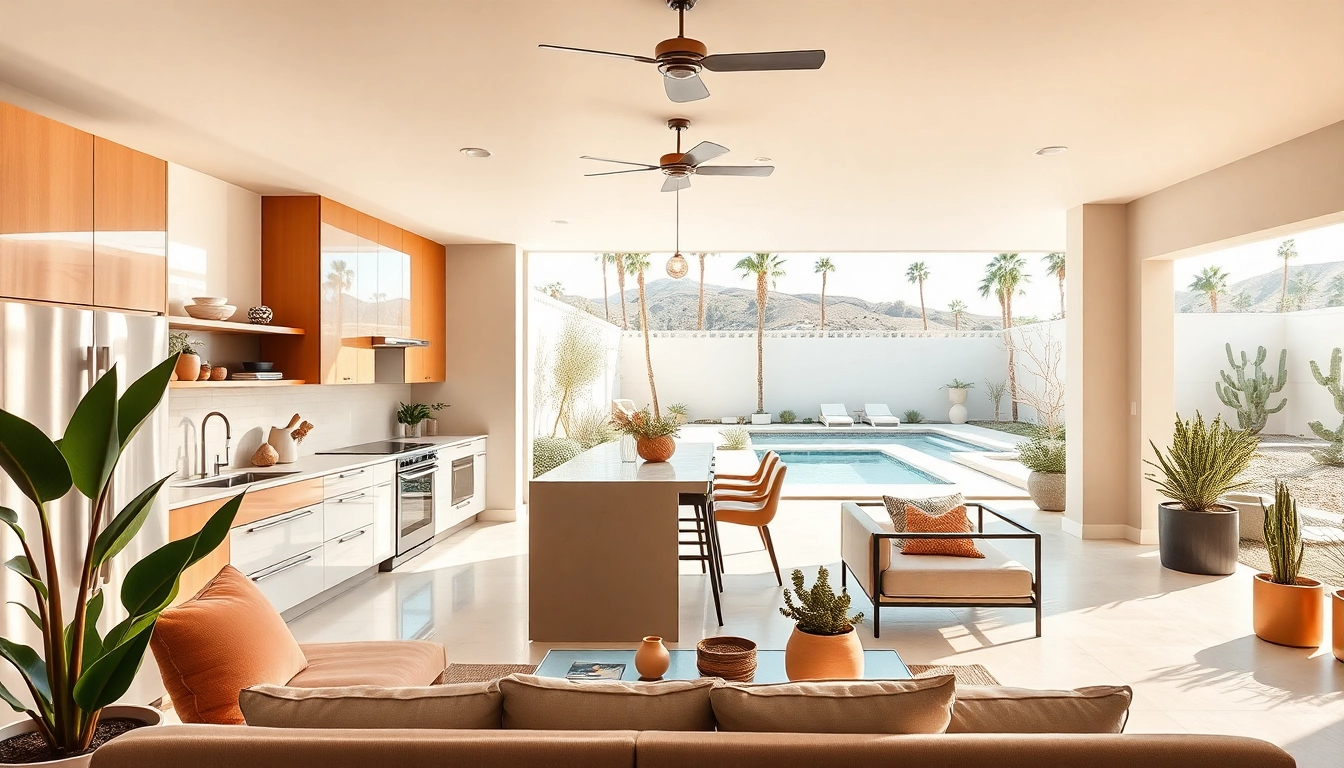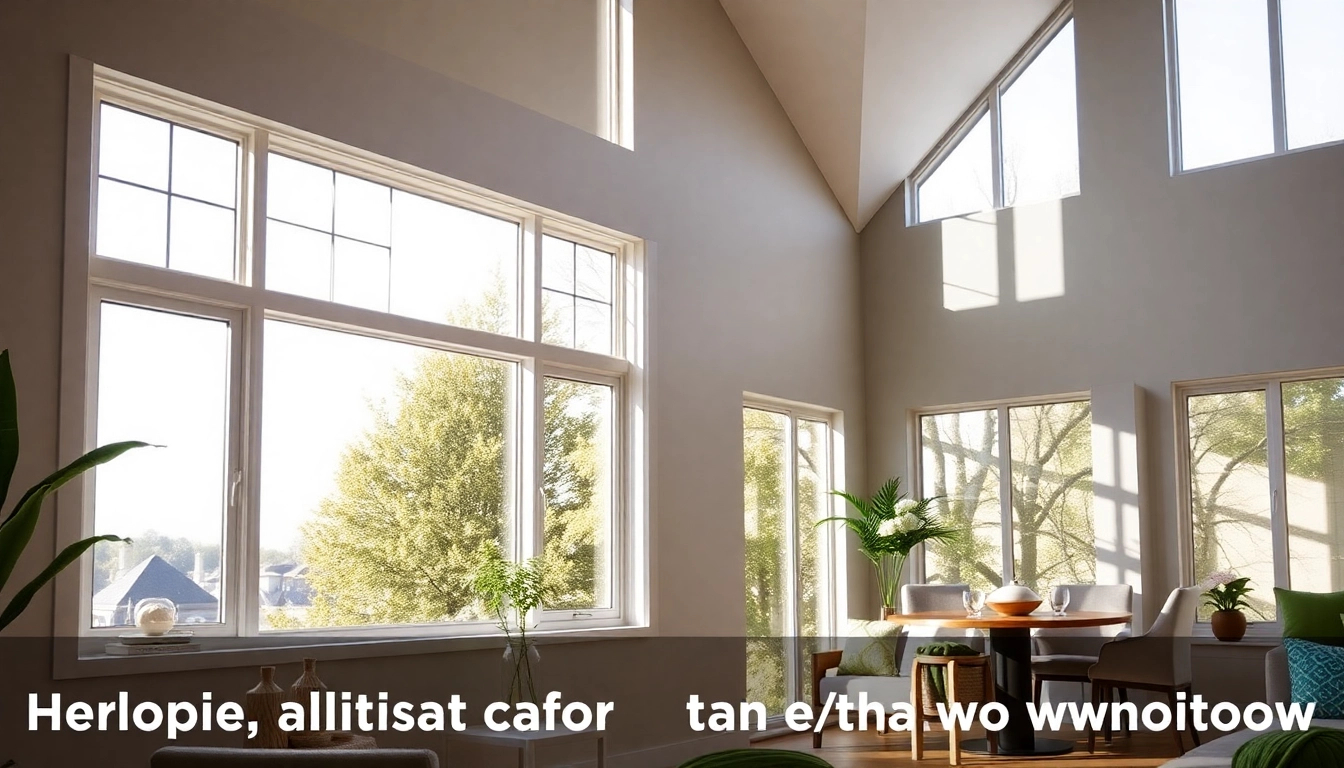1. Understanding Deck Construction Basics
Deck construction is a rewarding project that enhances outdoor living spaces while adding value to your home. Building a deck from scratch involves several fundamental elements that should never be overlooked. Understanding these basics will ensure your deck is safe, functional, and visually appealing. From knowing the key components to selecting the right materials, this section covers essential aspects of deck construction.
1.1 Key Components of Deck Construction
The anatomy of a well-built deck comprises several critical parts:
- Footings: Concrete foundations that support the entire structure and anchor it to the ground.
- Posts: Vertical members that elevate the deck and connect to the footings.
- Beams: Horizontal support structures that connect the posts and bear the weight of the decking and any paraphernalia.
- Joists: Smaller horizontal members that support the decking boards, arranged parallel to each other.
- Decking: The surface layer where you walk and place furniture; can be made from various materials.
- Railings: Safety barriers around the edge of the deck to prevent falls; essential for elevated decks.
A proper understanding of these components can help you structure your deck correctly and meet residential building codes.
1.2 Choosing the Right Materials for Your Deck
The choice of materials significantly impacts both the appearance and longevity of your deck. Here are some common options:
- Wood: Traditional choice; options include pressure-treated lumber, cedar, and redwood. While aesthetically pleasing, wood requires regular maintenance.
- Composite Decking: Made from a combination of wood fibers and recycled plastic, composite decking is low maintenance and comes in various styles and colors.
- PVC Decking: A fully synthetic option that’s resistant to moisture, stains, and fading. Ideal for humid conditions.
- Aluminum Decking: Lightweight and durable, aluminum decking is increasingly popular for high-traffic areas or homes in extreme climates.
Consider the local climate, your budget, and how much time you can invest in maintenance when selecting materials.
1.3 Safety Regulations and Building Codes in Deck Construction
Safety regulations and building codes ensure the structural integrity and safety of your deck. Before beginning construction, familiarize yourself with local building codes related to:
- Load-bearing capacities: Decks must support a specific weight per square foot.
- Height and railings: Elevated decks often require railings and sometimes ballusters for added safety.
- Permitting: Many areas require permits to ensure compliance with safety codes.
Be sure to check with your local building authority or hire a professional builder to ensure compliance and avoid costly mistakes.
2. Planning Your Deck Construction Project
A successful deck construction project begins with meticulous planning. From the design phase to budgeting, every step is crucial for achieving the desired outcome.
2.1 Designing Your Deck Layout
Your deck design should consider functionality, aesthetics, and your landscape. Here are several design elements to review:
- Size and shape: How large of a deck do you need, and what shape best fits your outdoor space?
- Placement: Sun direction, privacy considerations, and proximity to entry points can influence design.
- Features: Will your deck include built-in seating, planters, or an area for grilling?
Creating a scale drawing or using deck design software can help visualize your project and inform necessary adjustments.
2.2 Budgeting for Deck Construction Costs
Building a deck can be a considerable investment, depending on factors like size, materials, and labor. Here’s how to plan your budget:
- Material costs: Research prices for different materials, including decking, railings, and accessories.
- Labor costs: If hiring professionals, consider the cost of their services. Alternatively, assess your own skill level for a DIY approach.
- Permitting fees: Account for any required permits or inspections associated with your project.
Generally, the average cost to build a deck is approximately $30 to $60 per square foot, with low-end estimates often around $15 per square foot. Planning accurately can prevent financial surprises.
2.3 Acquiring Necessary Permits for Deck Construction
Acquiring permits is crucial for many construction projects. To get started:
- Check local regulations: Building codes vary by area, so consult your local municipality for specific requirements.
- Prepare documentation: Be prepared to submit drawings and specifications of your proposed deck.
- Schedule inspections: Some areas may require inspections at different stages of the construction process.
Failure to obtain the necessary permits can result in fines and complications down the line. Ensure all paperwork is completed and approved before starting work.
3. Tools and Equipment for Deck Construction
Having the right tools and equipment is essential for a successful deck construction project. This section covers what you need, whether you decide to DIY or hire professionals.
3.1 Essential Tools for Homeowners
If you’re taking on the challenge of building your own deck, here’s a list of essential tools you will likely need:
- Measuring tape: Accurate measurements are fundamental.
- Level: Ensures your deck surface is even and stable.
- Saw: A circular saw or miter saw is necessary for cutting decking boards and framing components.
- Drill: A cordless drill will facilitate drilling holes and driving screws.
- Post hole digger: Essential for creating footing holes for your deck posts.
Investing in quality tools will make your construction process smoother and safer.
3.2 Hiring Professionals vs. DIY Deck Construction
Deciding between DIY and hiring professionals largely depends on your skill level, the project size, and your budget:
- DIY Pros: Cost savings, personal satisfaction, and control over all elements of the project.
- DIY Cons: Potential to make costly mistakes; requires time and physical effort.
- Professional Pros: Expertise, speed, and adherence to building codes.
- Professional Cons: Higher costs, less personal involvement.
It’s important to weigh these pros and cons based on your situation to make the best decision.
3.3 Maintenance Tips for Deck Construction Tools
Maintaining your tools can extend their life and ensure safety while you work. Here are some quick maintenance tips:
- Keep tools clean from dust and debris after each use.
- Regularly sharpen blades and bits to enhance performance.
- Store tools properly, either hung on a wall or in a toolbox, to prevent damage.
Well-maintained tools reduce the risk of accidents and facilitate a more efficient building process.
4. Step-by-Step Guide to Deck Construction
Once you have your design in place, materials sourced, and all necessary permits, it’s time to start building. The following is a general step-by-step guide to deck construction:
4.1 Preparing the Site and Laying Foundations
Before you start building, it’s essential to prepare your site properly:
- Clear the area: Remove debris, plants, and any obstacles where the deck will be built.
- Mark the layout: Use stakes and string to outline the deck’s footprint.
- Excavate for footings: Dig holes for your post footings according to the local code.
- Pour concrete: Set forms and pour concrete to create footings that will support the posts.
Proper preparation lays the groundwork for a stable and durable deck.
4.2 Framing the Deck Structure
After footings are set, frame your deck by following these steps:
- Install posts: Secure them into the footings to ensure stability.
- Add beams: Connect the posts with beams that bear the weight of the decking.
- Lay joists: Install joists at regular intervals to support the decking.
- Check for squareness: Use a framing square to ensure all angles are correct.
Attention to detail during framing ensures that your deck is safe and aesthetically pleasing.
4.3 Installing Decking Boards and Finishing Touches
With the frame in place, it’s time to install the decking:
- Lay decking boards: Install them perpendicular to the joists, allowing for expansion and contraction.
- Use proper spacing: Ensure gaps for drainage and air circulation, typically 1/8 inch for wood.
- Install railings: Add safety features, ensuring compliance with local building codes.
- Add other features: Utilize built-in seating, planters, or lighting as designed.
Finishing touches not only enhance beauty but also ensure safety and functionality.
5. Maintenance and Care for Your Deck
Once your deck is complete, proper care is essential to maintain its beauty and safety. This section outlines a maintenance regime that will extend the life of your deck.
5.1 Regular Inspection for Deck Integrity
Regular inspections can help catch issues before they require costly repairs. Here are a few inspection tips:
- Check for loose or damaged boards and screws.
- Inspect railings for stability and security.
- Look for signs of wood rot or insect infestation.
Performing inspections at least twice a year will help keep your deck safe for use.
5.2 Cleaning and Sealing Your Deck
Routine cleaning maintains your deck’s appearance and longevity:
- Use a broom or leaf blower to remove leaves and debris.
- Wash your deck with a mild detergent solution or a specially formulated deck cleaner.
- Seal the deck every few years using quality sealant to protect against moisture and UV damages.
Cleaning not only keeps your deck looking fresh but also prevents long-term damage.
5.3 Long-term Care for Deck Construction Durability
To promote longevity, consider these long-term care strategies:
- Monitor the condition of the deck regularly and respond promptly to repairs.
- Avoid using harsh chemical cleaners that can damage your deck material.
- Consider annual treatments for wood decks to prevent pests and decay.
Awell-cared-for deck can last for decades, providing a safe and beautiful outdoor space.



